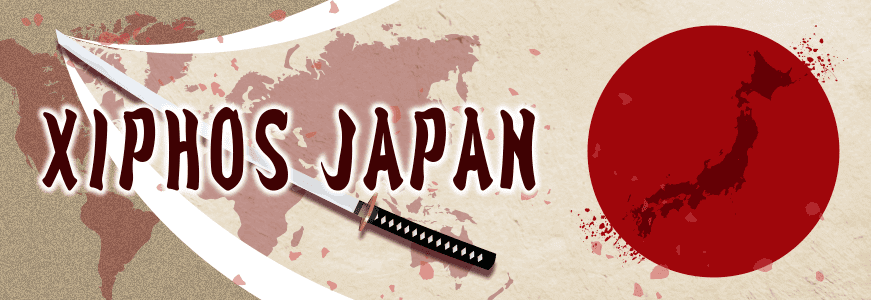
The sharp depreciation of the yen, global contingency issues such as the Ukrainian crisis and the effects of damage under the corona have caused logistics to stagnate and prices to rise unabated. In addition, some major companies have increased their wage base in line with rising prices, but this is still not enough. However, large companies that have increased wages are still in a better position, while many small and medium-sized enterprises have either left wages unchanged or increased them only slightly. The reason behind this is that when the price of deliveries and sales prices are reviewed, it affects business transactions and cannot be charged in line with price increases, so expenditure increases but revenue does not. Therefore, if we cannot increase employee salaries, we are now in a situation in Japan where prices are clearly on an upward curve, but salaries remain the same, which is not a common practice.
Japan is a resource-poor country and imports most of the items that are essential for daily life, from energy such as oil and natural gas to foodstuffs, from overseas. The country is very susceptible to small fluctuations in exchange rates and logistics. Although the future political situation is unclear, unless some drastic policy is adopted somewhere, it is expected that living conditions will continue to be even more difficult than they are now.
In Australia, the minimum wage was raised by 8.7% in 2023, from USD 21.38 to USD 23.23 per hour, as a countermeasure against rising prices. This rate of increase is still considered insufficient, and it is expected that the minimum wage will be increased by several per cent in 2024. While this is a truly enviable situation in Australia, given that wages have remained largely the same in Japan despite prices rising for almost 30 years, it is not without its problems.
It is true that people’s lives may appear to be smooth sailing with wage base increases above a certain level every year, but prices in Australia are rising at a much faster rate than expected by the RBA (Reserve Bank of Australia, equivalent to the Bank of Japan). The rate of increase is much faster than expected by the RBA (Reserve Bank of Australia, equivalent to the Bank of Japan) and continues to rise. During the coronavirus epidemic, Australia, like other developed countries, took a housekeeping approach to monetary accommodation and cut interest rates to keep the domestic economy afloat. However, this year, the coronavirus has subsided and the global economy is beginning to show some signs of improvement and recovery, so Australia has followed the lead of other countries and raised interest rates. As a result, Australia experienced an unusual flu and the panicked RBA issued a statement temporarily refraining from raising interest rates.
The background to this is the impact of the unprecedented monetary easing under Corona, including interest rate cuts, quantitative easing and the introduction of yield curve control (YCC), as well as the opening of the border gates, which has brought large numbers of migrants into Australia and caused the property market to soar. The extraordinary surge in the property market has also had an impact on prices, which have also risen at an extraordinary rate, and there are fears of stagflation, meaning that prices will continue to rise despite the economic stagnation.
The RBA has also been doubling down on its statements, including a policy to raise interest rates again in order to control this inflation rate, and there is an undeniable sense that it has lost its way.
In the past, when the Australian economy was in an uncontrolled state, it was able to pull through with a special demand for Chinese money. There is a sense that government sources are expecting China money again this time, but China, the main source of this money, is also continuing to experience economic stagnation, and there is a high possibility that chaos will continue in the Australian economy in the future.







